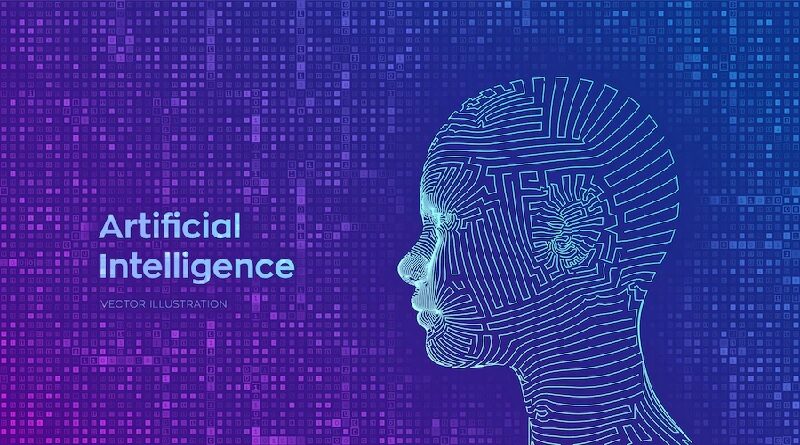AI Applications To Reduce Plastic Waste
AI Applications :
The management of plastic trash is more precise and quick when AI is used.
Sustainability is a significant concern for businesses today, and one of the most persistent problems is plastic waste. Businesses and governments are turning to artificial intelligence (AI) as a beneficial tool in their efforts to reduce and eliminate pollution. Only 10% of the 400 million tonnes of plastic garbage that are produced annually worldwide are recycled. Even though solving this issue will involve large, intricate adjustments, AI can help people obtain the expertise and efficiency they need.
Plastic supply chains are optimised
With AI, supply chain operations can be more productive. Businesses may use predictive analytics to better understand shifts in demand and avoid overproduction. By adjusting manufacturing to changing demand cycles, AI can help businesses use only the appropriate quantity of plastic, reducing waste.
Some businesses aim to create a closed-loop supply chain, which includes recycling and returns to remove waste from production. How to build and deploy these systems must take into account numerous complex issues, but AI can help.
Analytics technologies can pinpoint sites where resources might be reused or the most effective approach to handle returns. As a result, companies will find it easier to rearrange their supply chains and reduce plastic waste.
Developing New Techniques for Disposal
Instead of using plastic, AI can develop innovative, environmentally friendly alternatives. Recently, scientists used machine learning to create an enzyme capable of breaking down PET polymers into their component components in just 24 hours. Businesses can shape these components into new materials, minimising waste.
Traditional methods of discovery usually necessitate several lab experiments and are labor- and resource-intensive. ML algorithms can expedite the procedure by modelling the interactions of various substances. Then, they can find promising candidates far more quickly and accurately than they could with conventional research.
A similar AI-assisted investigation may find more methods for degrading plastic. These discoveries could have a big impact on how we manage our plastic waste now and in the future.
Finding Methods to Reduce the Use of Plastic
The first way AI might cut plastic waste is by using less of it in the first place. A few companies have begun utilising artificial intelligence (AI) to simulate and analyse alternative packaging patterns in order to see how they might be altered to provide the same strength with less material. Businesses that utilise these strategies use less plastic.
AI can also simulate the use of substitute materials in place of plastic in products and their packaging. With this information, companies can switch to more recyclable, ecologically friendly materials without spending time and money on development. By contrast, finding the appropriate adjustments manually could take months and lead to a number of costly errors. AI can execute this task fast and effectively.
Eliminating Wasted Errors
AI can improve more traditional disposal methods as well. Recycling facilities commonly employ hand-sorting methods to distinguish landfill-bound garbage from plastic that can be recycled. Errors cannot be prevented because repetitive work of this nature is typically taxing or monotonous for humans, but AI can change that.
Machine vision systems can distinguish between trash and recyclables more quickly and accurately than people. They will always reach the same speed and precision, unlike people who get bored and distracted. Recycling facilities can subsequently prevent mistakes that might lead to recyclable plastic being discarded in landfills.
Similar to this, using machine vision and other AI solutions in manufacturing facilities helps reduce industrial errors. These devices will reduce material waste by making plastic makers less prone to errors.
For More IT Articles Click Here




